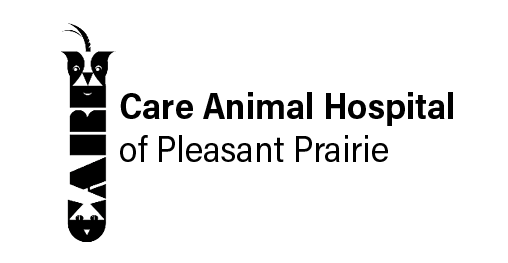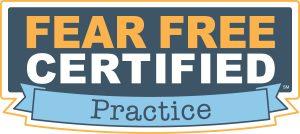Library
-
An E-collar or cone may be needed after your dog has surgery or if he has a wound. It can prevent your dog from licking their wound or scratching a wound on their head. Your dog should wear the E-collar following the directions provided by your veterinarian. You may need to make a few adjustments in your home to ensure your dog does not get stuck in confined spaces. Also, you may need to adjust his feeding station to assist with eating. It is not recommended to let your dog outdoors unsupervised while wearing the cone. If your dog will not tolerate the E-collar, discuss other options with your veterinarian.
-
Emergencies arise unexpectedly, and it is important to stay calm. After realizing what has occurred, it is important to contact your veterinarian to provide the best chance for a successful outcome. Once you have received initial instructions, it is important to transport your cat to your veterinarian for a complete examination as soon as possible.
-
There are many types of emergencies, but initial care is similar: stay calm, keep your dog warm and quiet, contact your veterinarian, and get help to transport your pet to a veterinarian. Common emergencies are described including gastric dilatation and volvulus (GDV), acute hemorrhagic diarrhea, anaphylaxis, automobile injury, seizures, respiratory distress, eye injury, eclampsia, heatstroke, heart failure, toxin ingestion and collapse.
-
Emodepside/praziquantel (brand name Profender®), is an antiparasitic drug used to treat and control hookworms, roundworms, and tapeworms in cats. Empodepside with praziquantel comes in topical solution form that is applied directly to the skin.
-
Enalapril is used on and off label and is given by mouth or injection to treat heart failure, high blood pressure, chronic kidney disease, or proteinuria. Common side effects include loss of appetite, vomiting, diarrhea, and tiredness. Do not use in pets that are allergic to it, have an acute kidney injury, or have certain heart conditions.
-
Encephalitozoonsis is a parasitic infection that can affect the kidneys, eyes, and nervous systems of rabbits. Many infected rabbits do not develop clinical signs until they are older or if they become stressed or immunocompromised. Common signs that may develop include heavy white plaques/growths inside one or both eyes, head tilt, eye twitching, and tremors or seizures. Treatments are available, though not all rabbits respond.
-
Endocarditis is an infection of a heart valve, most often affecting the mitral or aortic valve. It can arise any time that bacteria enter the bloodstream, though it is more common when the heart valve has already been damaged for some other reason. The clinical signs of endocarditis are often nonspecific in the early stages, but may progress to include signs of heart failure later in the course of the disease. The diagnosis and treatment of endocarditis can present a challenge, requiring multiple tests and prolonged courses of antibiotic therapy.
-
Endocarditis is an infection of a heart valve, most often affecting the mitral or aortic valve. It can arise any time that bacteria enter the bloodstream, though it is more common when the heart valve has already been damaged for some other reason. This handout discusses the causes, clinical signs, diagnosis, treatment, and prognosis of this condition.
-
Enilconazole is a topical wash/dip used to treat dermatophytosis (ring worm) in dogs and sometimes in cats. Side effects are uncommon as it is relatively well-tolerated, but in cats may include drooling, vomiting, lack of appetite, weight loss, muscle weakness, and elevated liver enzymes. Do not use in cats unless directed by your veterinarian. If a negative reaction occurs, please call your veterinary office.
-
Many veterinarians, including nutritionists and behaviorists, believe it is important for dogs and cats to express their natural foraging and hunting behaviors. For pets living indoors, this can be difficult, and the lack of this stimulation can sometimes lead to behavior problems. Enriching a pet's environment with food toys and puzzles at mealtimes can fulfill the need to forage. The use of toys, puzzles and other novel methods of food delivery can also be effective ways to increase daily movement in overweight or inactive pets.


